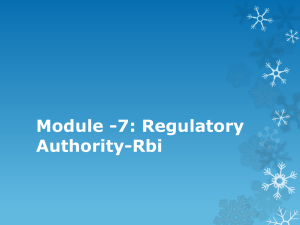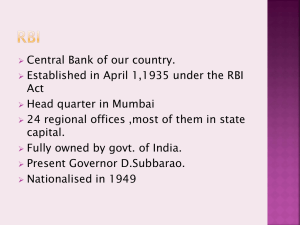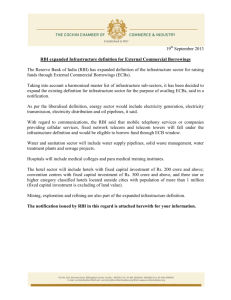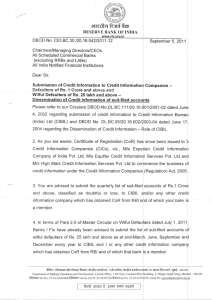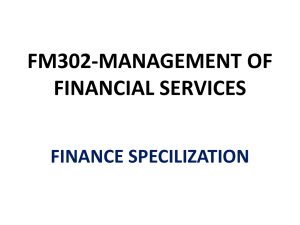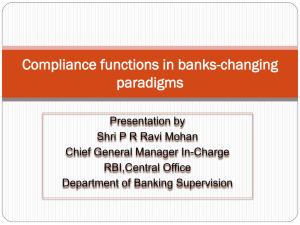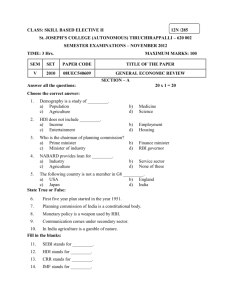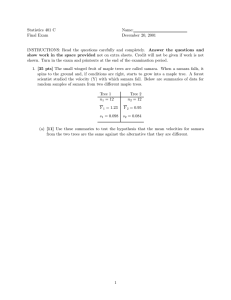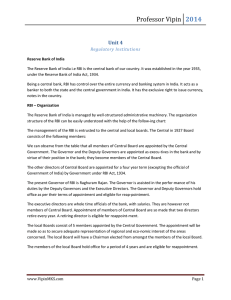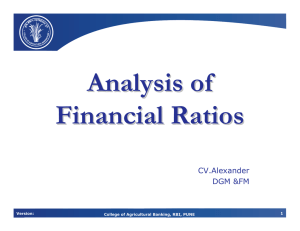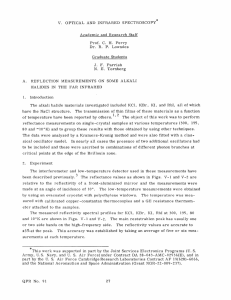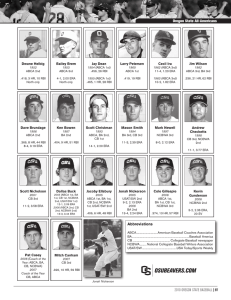1) For paying which among the following will a bank standing order
advertisement
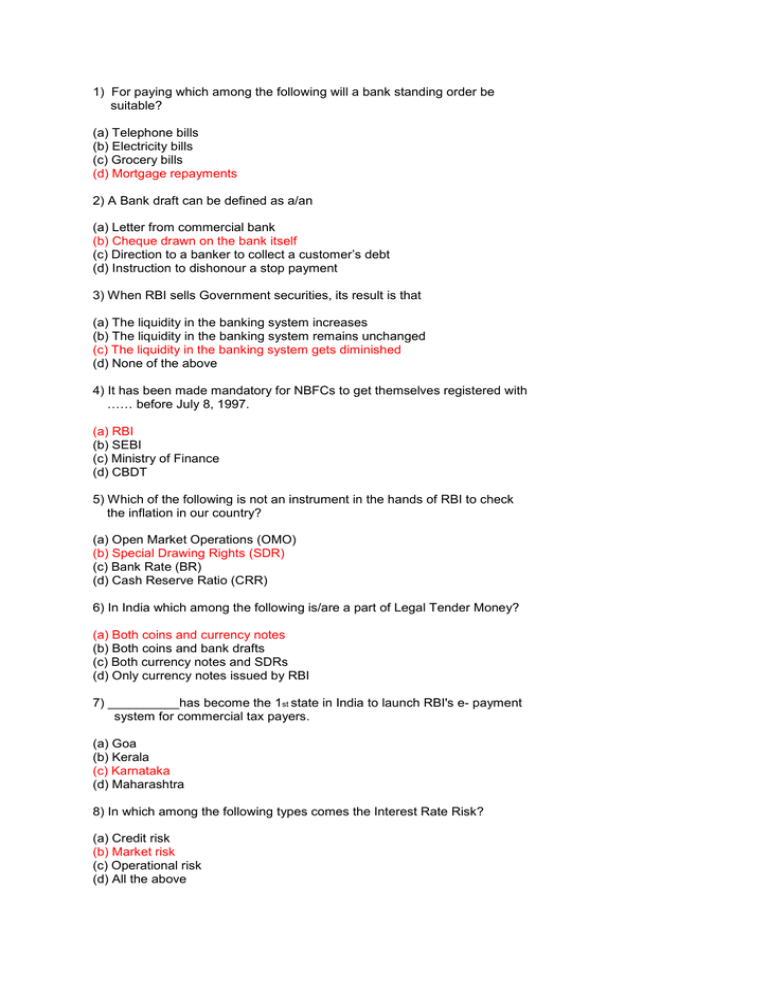
1) For paying which among the following will a bank standing order be suitable? (a) Telephone bills (b) Electricity bills (c) Grocery bills (d) Mortgage repayments 2) A Bank draft can be defined as a/an (a) Letter from commercial bank (b) Cheque drawn on the bank itself (c) Direction to a banker to collect a customer’s debt (d) Instruction to dishonour a stop payment 3) When RBI sells Government securities, its result is that (a) The liquidity in the banking system increases (b) The liquidity in the banking system remains unchanged (c) The liquidity in the banking system gets diminished (d) None of the above 4) It has been made mandatory for NBFCs to get themselves registered with …… before July 8, 1997. (a) RBI (b) SEBI (c) Ministry of Finance (d) CBDT 5) Which of the following is not an instrument in the hands of RBI to check the inflation in our country? (a) Open Market Operations (OMO) (b) Special Drawing Rights (SDR) (c) Bank Rate (BR) (d) Cash Reserve Ratio (CRR) 6) In India which among the following is/are a part of Legal Tender Money? (a) Both coins and currency notes (b) Both coins and bank drafts (c) Both currency notes and SDRs (d) Only currency notes issued by RBI 7) __________has become the 1st state in India to launch RBI's e- payment system for commercial tax payers. (a) Goa (b) Kerala (c) Karnataka (d) Maharashtra 8) In which among the following types comes the Interest Rate Risk? (a) Credit risk (b) Market risk (c) Operational risk (d) All the above 9) Which among the following is true regarding Forex (Foreign Exchange) Markets? (a) Foreign Exchange markets are a type of localized markets (b) Foreign exchange markets operate within the time zone of region (c) Foreign exchange markets are dynamic and round the clock markets (d) Foreign exchange markets are used only for business transactions 10) Securities Trading Corporation of India Limited (STCI) has been promoted jointly by __________and Public sector Banks. (a) SEBI (b) RBI (c) SIDBI (d) ICICI Ltd 11) ____________is an agreement under which an issuing Bank at the request of the Importer undertakes to make payment to the exporter against certain specified documents. (a) Bill of exchange (b) Letter of Exchange (c) Letter of Credit (d) Bill of entry 12) Which in the list is not a valid attribute or criteria for selecting a market segment? (a) Measurability (b) Accessibility (c) Stable and consistent (d) None of these 13) In Marketing, _____ describes the values of having a well known brand name. (a) Brand Loyalty (b) Brand equity (c) Brand value (d) None of these 14) In product life cycle, Break even happens normally in which phase? (a) Introduction (b) Growth (c) Maturity (d) Decline 15) Services offered by the banks fall under which category of goods? (a) Tangible (b) Capital goods (c) Intangible (d) Decline 16) A characteristic of the ASCII code is (a) Its limitation to a maximum of 96 character configuration (b) Its use of the zone codes 1010, 1011, and 1100 (c) Its independence from Hollerith code (d) All of these 17) The computer code for interchange of information between terminals is? (a) ASCII (b) BCDIC (c) BCDIC (d) Hollerith 18) The daily processing of corrections to customer accounts best exemplifies the processing mode of (a) Batch processing (b) Real time processing (c) Time sharing (d) Offline processing 19) A temporary storage area, attached to the CPU, for I/O operations, is a (a) Channel (b) Buffer (c) Register (d) Core 20) Which of the following is true? (a) Plotter are not available for microcomputer systems (b) Micro computer are not programmed like conventional computers (c) Mini computers are task oriented (d) The contents of ROM are easily changed Answers: 1) (d) Mortgage repayments 2) (b) A bank draft is a bill of exchange drawn by a bank on itself, or on a correspondent bank in another city or country. 3) (c) The liquidity in the banking system gets diminished 4) (a) RBI 5) (b) Special Drawing Rights 6) (a) Both coins and currency notes 7) (c) Karnataka 8) (b) Market risk is the risk that the value of a portfolio, either an investment portfolio or a trading portfolio, will decrease due to the change in value of the market risk factors. Interest rate risk, which is a type of market risk, is the risk that interest rates (e.g. Libor Euribor, inflation, etc.) and/or their implied volatility will change. 9) (c) Foreign exchange markets are dynamic and round the clock markets 10) (b) RBI 11) (c) Letter of Credit 12) (d) 13) (b) 14) (b) 15) (c) 16) (c) 17) (a) 18) (a) 19) (b) 20) (c)
